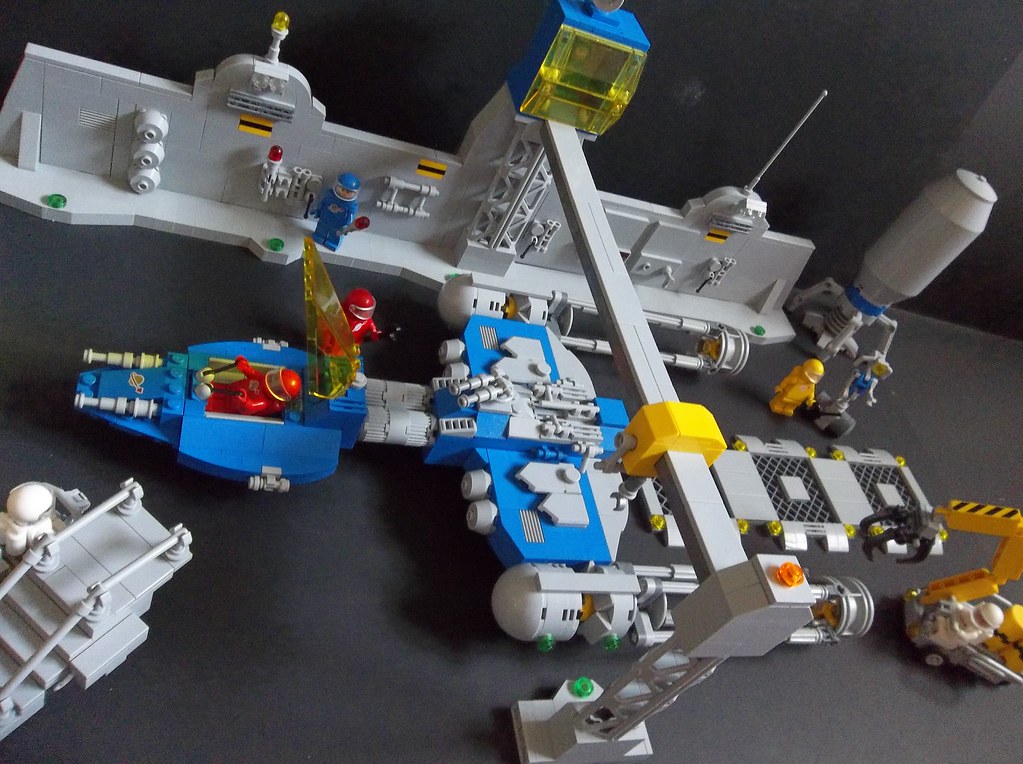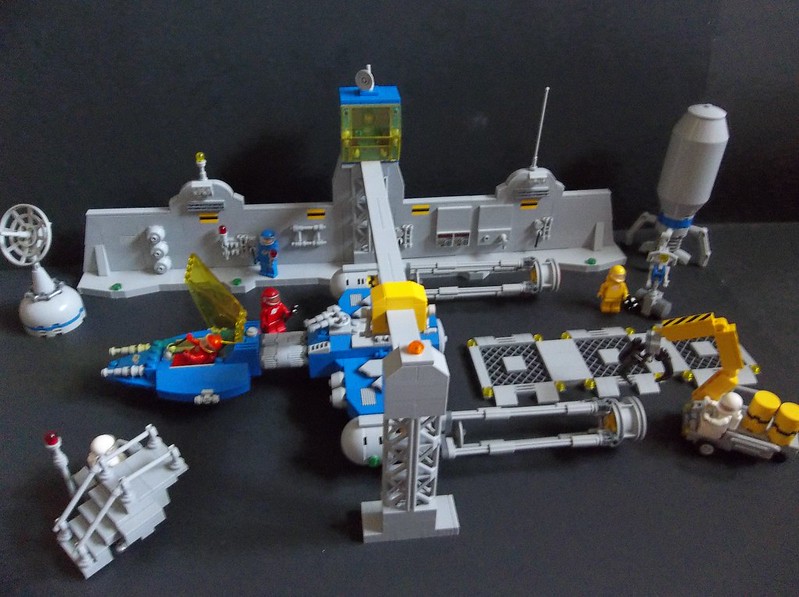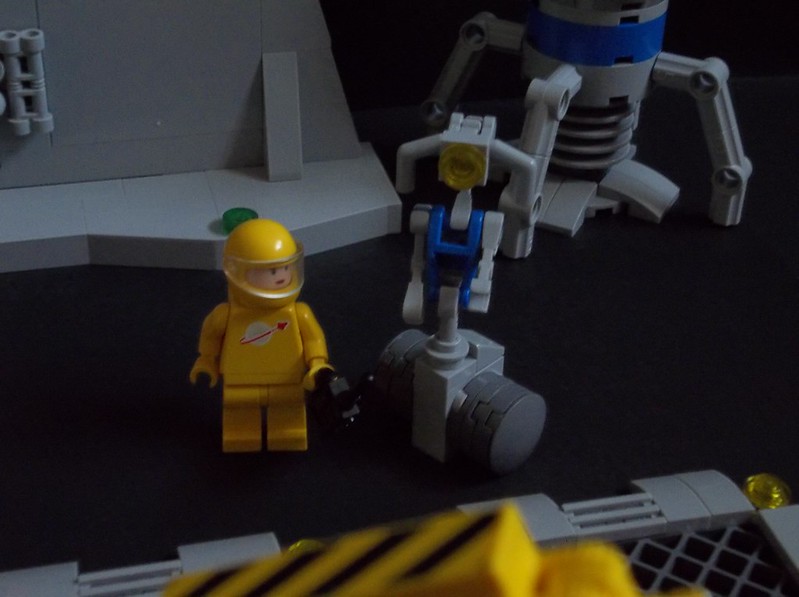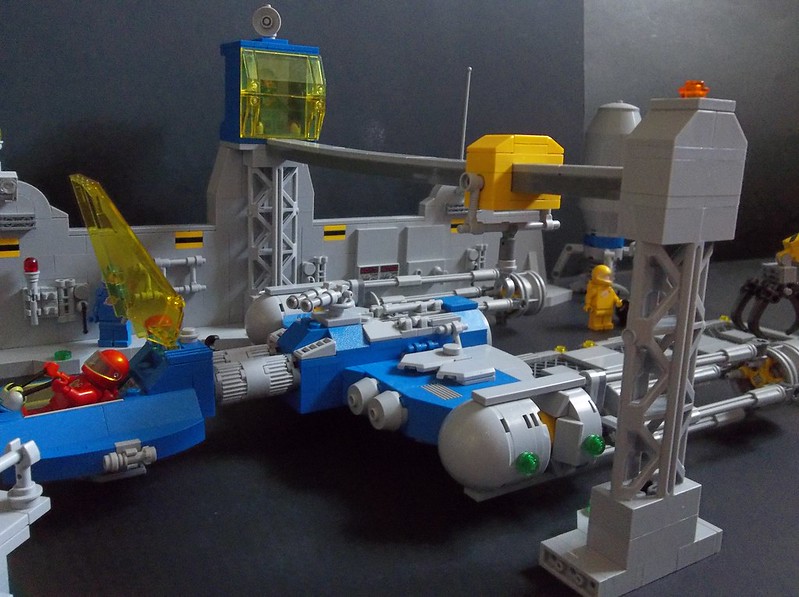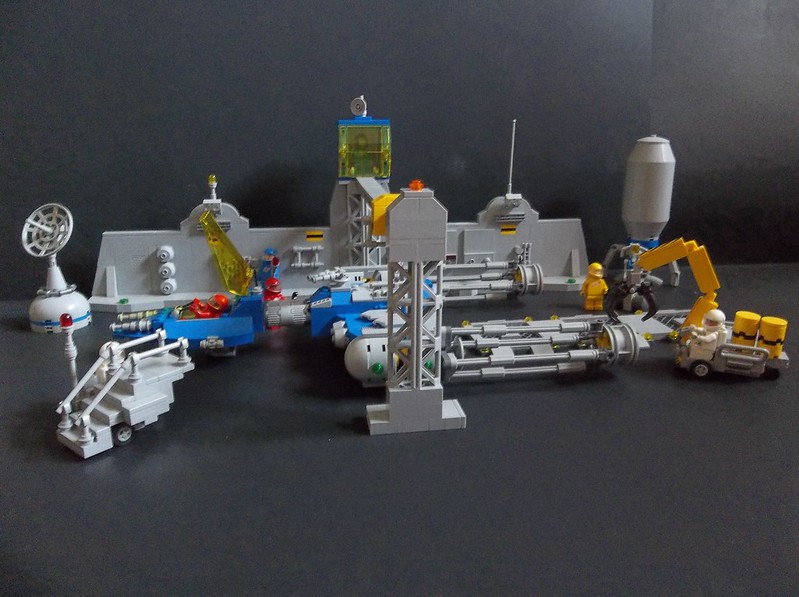
Ul-Gzan Martian War Tripod
“Now, now, Lieutenant!” Miss Francine Oberon said primly, readying her custom-designed heat-ray carbine. “The proper term for the cephalopoid natives is ‘Ul-Gzan’, not ‘Cuttlemonkeys’.”
“Yes, Miss,” Lieutenant Ent Prescott grunted. Cuttlemonkeys they were and Cuttlemonkeys they would remain to anyone who had fought against the vicious, implacably hostile alien monstrosities. He wished he had a thermophoric cannon instead of this old-style six-pounder artillery piece; the Ul-Gzan were reputed to have one of their tripods operating in the area, and despite its importance to the Empire, Professor Oberon’s tiny independent scientific outpost was simply too remote to get much in the way of physical defences.
Ent Prescott (short for “Enterprise”) looked around at his decidedly inadequate defences. One antique six-pounder cannon, not even having the decency to be a proper modern heat-ray weapon, presided over by one slightly over-aged Royal Artillery Lieutenant. One sword-wielding Asiatic mercenary, even more useless against a tripod than a single six-pounder. One Professor Oberon’s daughter, fancying herself an adventuress, armed with a rather nice-looking heat-ray rifle and decanted into trousers rather than the natural dresses of her sex. Oh, and a pair of Stiltmen.

Enterprise had known that the Stiltmen of the region were allied to the Empire, and the battery’s commanding officer Captain Holcombe had rated them as fine fighters, but he was rather dubious. For all their gigantic height, Stiltmen were built like twigs and looked incredibly fragile, and these two didn’t even seem to have any weapons. What could they possibly do against a tripod – throw rocks at it?
What he wouldn’t give for a company of clockwork power-suited ticktockmen, or a half-squadron of mechs, or even a Mkai sepoy regiment!
Suddenly, a great sinkhole opened right in front of Professor Oberon’s outpost, and the dreaded three-legged fighting machine of the subterranean Ul-Gzan rose up higher than a house, higher than the dome of St. Nathaniel’s Cathedral in New Surrey. Powered by some kind of unfathomable crystal technology that some of the six Martian native species used but which none of them seemed to remotely understand or be able to duplicate, the War Tripod of the Ul-Gzan was the only native fighting machine that could rival the steam technology of Man. And here they were without most of that technology.

Manning his gun and thankful for its clockwork autoloading mechanism, Lieutenant Prescott opened fire on the tripod, as Miss Oberon stood guard with her heat-ray rifle and the Asiatic mercenary Shang-Yao Ping drew his longsword. A lucky shot at one of the leg joints might disable the war machine, bring it down, but the joints were notoriously difficult to hit. A narrow funnel rose from the roof of the tripod, unfolding as it did so, and Ent paled. It looked to be only a heavy rifle-calibre weapon, but what imbecilic, never-sufficiently-to-be-cursed traitor had sold the Cuttlemonkeys a heat-ray?

Over to one side, the Stiltmen were advancing on the tripod, palms outward like massively elongated policemen trying to order the rogue machine to halt. Lt. Prescott couldn’t see what that would accomplish, but the Cuttlemonkeys’ machine checked its advance, stabilised itself on all three legs and swivelled to face the new threat rather than dealing with the already-firing Human cannon. A flash of light erupted from the Stiltmen’s hands (he supposed he should call them Ojads. Professor Oberon’s daughter would probably like it) in a blinding ray that leaped toward the body of the tripod, and Ent Prescott understood. The Stiltmen didn’t carry weapons because Providence had equipped them with natural weapons as good as any Human-built thermophoric.
Filled with the energy of a sudden upsurge of new hope, the Lieutenant fired again…

~~~
Last time I played around with a steampunk Mars (in a story on the old LEGO Message Boards), it was the humans that used the tripods, and they were steam-driven.
This time around I decided to restore them to the Martians. They are a very unearthly form of locomotion; nothing in this world travels about on three legs. It seemed to make more sense than giving them to Mankind.

With six native species – as I blithely announced in the backstory to Major Galbraith’s Sapping Machine – I have a lot of decisions to make as to what they are like and how they all live. And what the humans call them; the age recalled and perfected in the steampunk genre was one of racial epithets and colonialism. “Cuttlemonkeys” seemed like a good nickname for a race of implacably hostile land-dwelling squids, while the Stiltmen basically named themselves.
Anyway, the “Martian War Machine versus Human Artillery” should strike a chord for those familiar with the War of the Worlds, but this time around the humans have alien sepoy reinforcements!



















